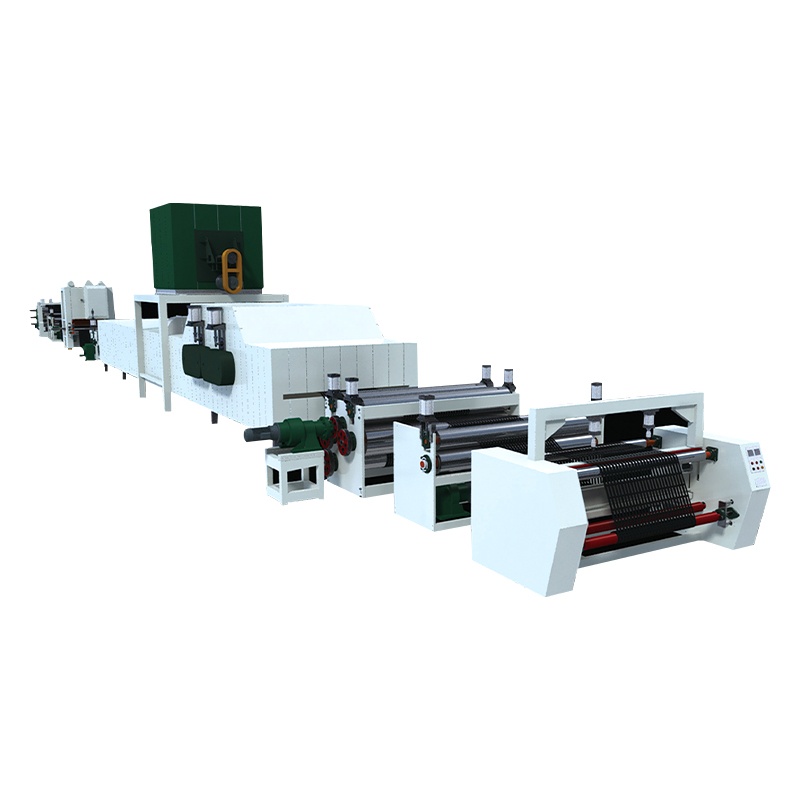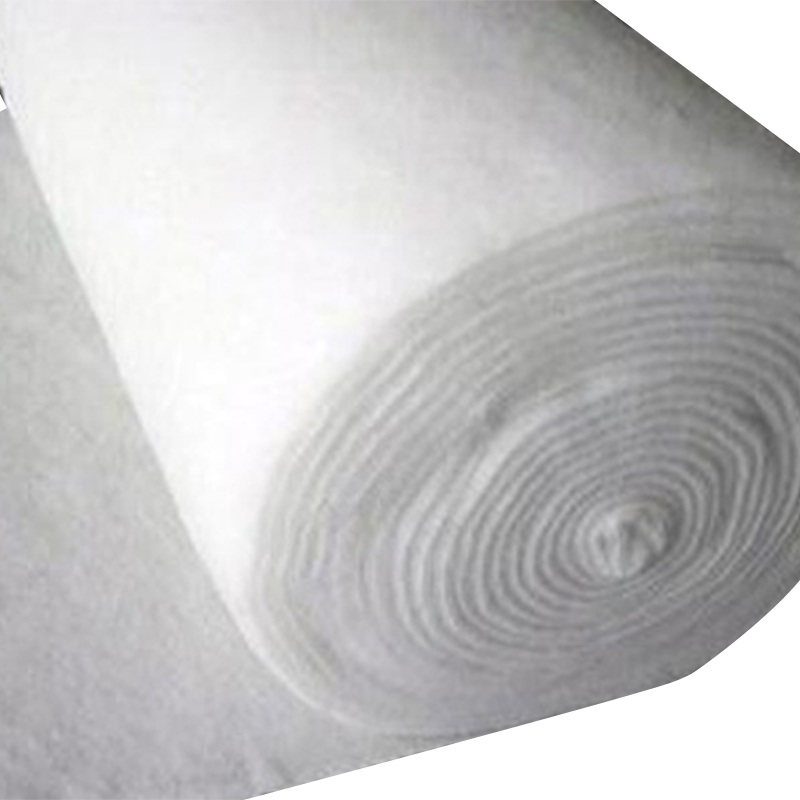Industrial Shredders
Shredder product introductionShredder is our company's technical staff in the introduction and absorption of foreign advanced technology on the basis of accumulated years of manufacturing experience, independent research and development design, and production of an environmentally friendly waste reuse regeneration shredding equipment, with uniform discharge, high shredding efficiency, high yield, reliable performance, and other advantages, can be widely used in the waste recycling industry.
Shredder knives are made of special alloy steel (high-speed steel or tool steel) through special processing technology, with good wear resistance, high strength, repairable, etc., tooth knife in thickness, tooth shape, arrangement order and other aspects of the unique design, the shear force is strong, able to improve the efficiency of the shredding; drive part of the drive using heavy-duty planetary gear reducer drive, with low speed, high torque, low noise and other characteristics; large-angle hexagonal column of the powerful The driving part adopts heavy-duty planetary gear reducer drive, featuring low speed, large torque, low noise, etc. The powerful rotating shaft with a large angle hexagonal column can be put into the large raw materials without any worry.
Get A Quote
-
Applicable waste materials1. Vehicle parts: waste tyres, wheel hubs, oil filters, engine shells, waste copper and aluminium parts and waste steel plates with a thickness of less than 10mm and waste iron forklift pallets.2. Drum products: plastic drums, metal drums, paint drums, IBC drums, bins, packaging drums.3. Metal products: aluminium profiles, cans, metal cans, scrap aluminium skin, scrap steel materials, iron sheets, copper sheets and other kinds of scrap metal materials.4. Rubbish category: domestic rubbish, kitchen rubbish, industrial rubbish, garden rubbish.5. Plastic products: plastic pipes, fittings, plastic bottles, plastic frames, plastic blocks, plastic cans, rolls of film, woven bags.6. wood and paper: tree branches, tree stumps, building templates, wood blocks, newspapers, cardboard, corrugated paper, copy paper.7. electronic and electrical appliances: refrigerator shells, circuit boards, computer shells, CD discs, waste TV sets, washing machines.8. Glass products: glass wool, glass cups, glass steel products.9. Medical waste: small medical devices, clinical waste, pharmaceutical waste, infectious waste, all kinds of plastic waste, latex material waste, syringe-type waste.10. Hazardous materials: solid hazardous waste, drums containing pollutants, liquid-solid mixed waste, aerosol, industrial sludge, various radioactive hazardous waste, and nuclear fuel rods.Shredder working principleShredder is the use of two wear-resistant shredding rollers, work between the two shredding rollers to implement the relative rotation, the formation of a V-shape shredding tooth cavity, resulting in the shear force to break the material, the material into the gap between the two rollers (V-shape crushing cavity), by the relative rotation of the two rollers of the shear force, the material will enter the tearing, shear to the required particle size by the discharge port discharge.
-
Message Feedback



 中文简体
中文简体 русский
русский عربى
عربى































